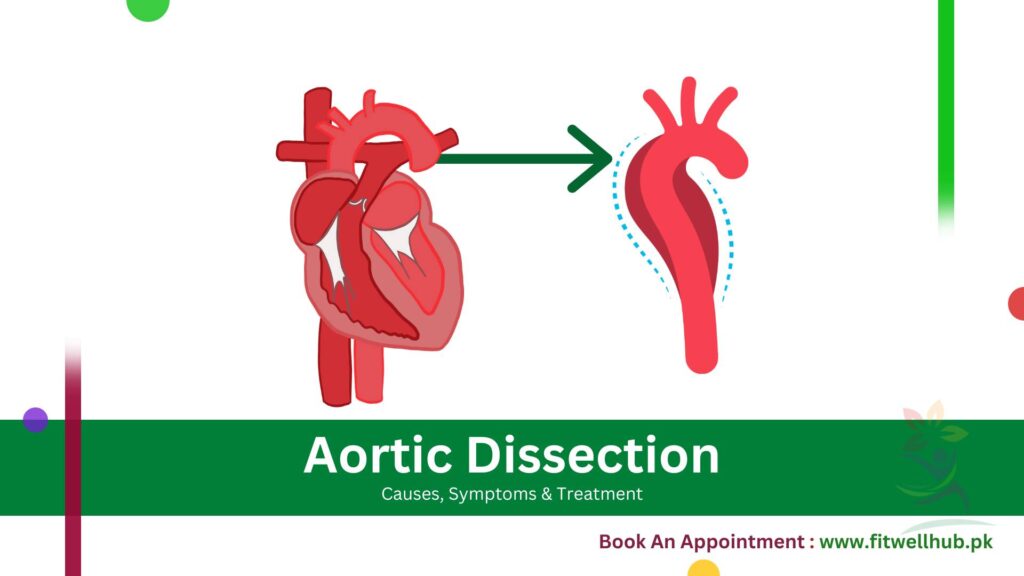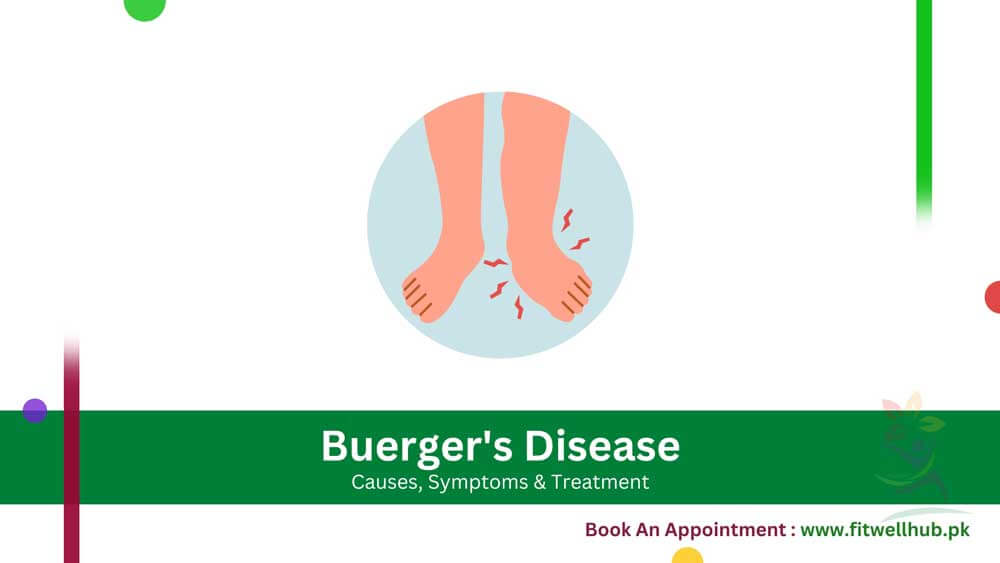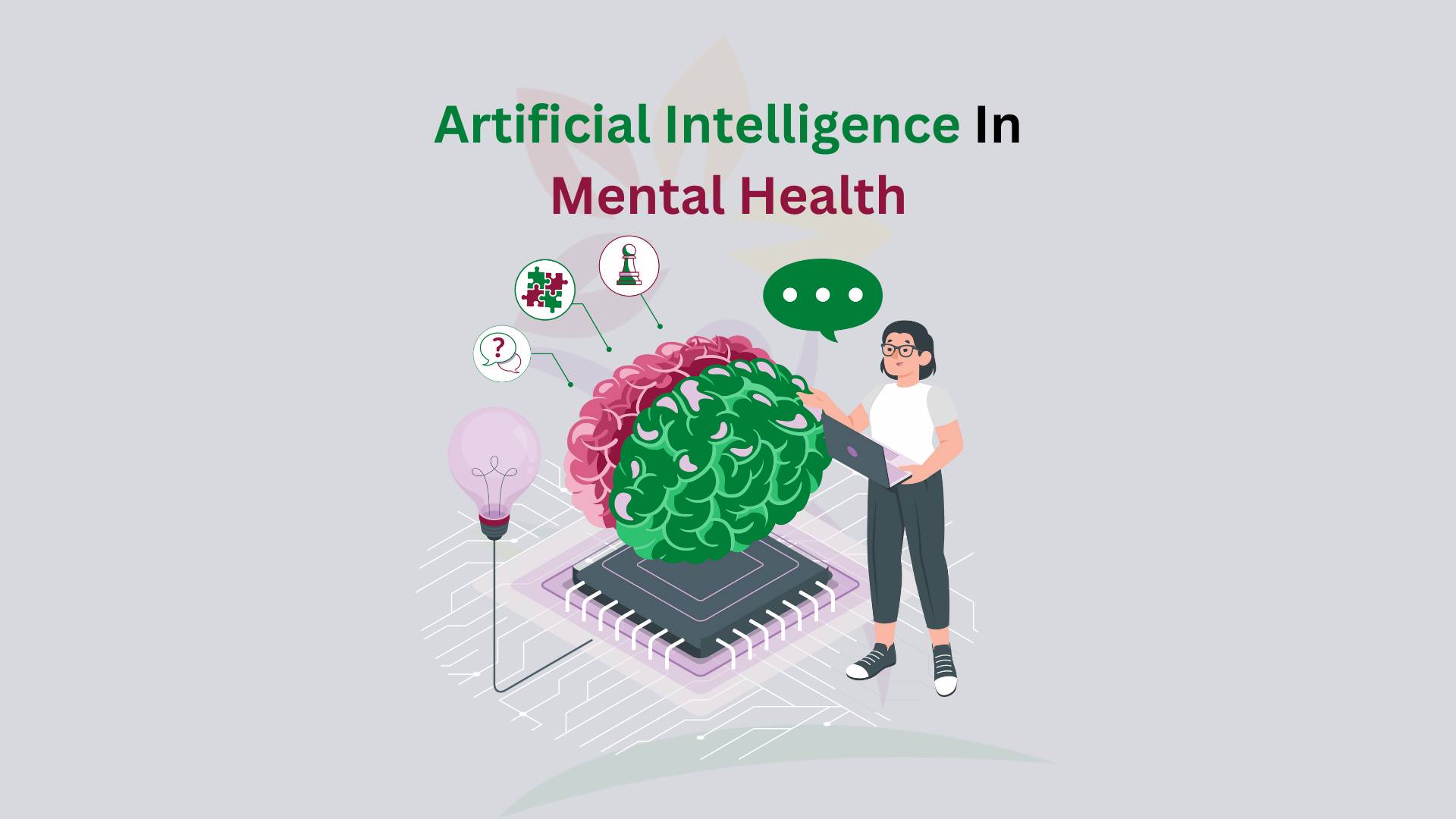Aortic dissection is a life-threatening disease in which the main artery, the aorta’s inner layer, carries blood from the heart and tears. The blood flows through this tear, causing the splitting or dissecting of the middle and inner layers. This condition can lead to severe complications, such as stroke, organ failure, or aortic rupture if it reduces blood flow to major organs.
Quick Links
ToggleMostly affects individuals with connective tissue disorders like Marfan syndrome uncontrolled high blood pressure, or other conditions associated with the heart. Symptoms of this condition involve severe, sharp, and sudden back or chest pain, which may feel like ripping or tearing.
It needs immediate medical care because early detection and intervention by medication or surgery are important for survival. Timely treatment can prevent severe complications and enhance the recovery results in affected people.
Symptoms
Aortic dissection can manifest through various symptoms, but the common factor is the sudden onset of severe pain and other physical symptoms.
- Severe chest or back pain: Severe chest or back pain is a hallmark symptom of aortic dissection. This pain often occurs suddenly, described as stabbing or tearing, and may radiate to other areas, such as the back, abdomen, neck, or jaw, depending on the location of the dissection.
- Shortness of breath: People may feel difficulty breathing if the aortic dissection impacts the lungs or heart, which can worsen rapidly.
- Weak pulse in one arm or leg: This condition can decrease or block the blood supply to various body parts, resulting in a weaker pulse in one leg or arm.
- Difficulty speaking or understanding speech: When the dissection includes arteritis that supplies blood to the brain, people can have trouble recognizing language or communication.
- Loss of consciousness: Loss of consciousness and fainting can occur due to serious blood loss or decreased blood circulation to the brain.
- Paralysis on one side of the body: One side of the body becomes permanently or temporarily paralyzed due to blockage of blood flow to the brain or spinal cord.
When to See a Doctor
Aortic dissection is a severe disease that needs immediate medical attention if you or someone in your family experiences symptoms such as serious and sudden back or chest pain.
Immediate medical care is important particularly when symptoms such as shortness of breath, difficulty speaking, or fainting occur.
FitwellHub offers services from cardiovascular experts, to help manage life-threatening diseases. Don’t wait—secure your health now by booking an appointment.
Causes
Aortic dissection occurs due to a tear of the aorta’s inner layer. Various factors that can contribute are as follows:
- High blood pressure: High blood pressure levels may result in the weakening of the aortic wall as time passes, making it more prone to tearing.
- Atherosclerosis (hardening of the arteries): This condition causes plaque accumulation, leading to aortic wall damage and increasing the chance of tearing.
- Genetic conditions affecting connective tissue: Diseases such as Ehlers-Danlos syndrome or Marfan syndrome weaken the connective tissues of the body such as the aortic wall.
- Trauma to the chest: Aortic dissection may result from a tear in the aorta due to an injury or a blow to the chest like in a car accident.
- Bicuspid aortic valve: Individuals with congenital heart irregularities by birth, in which the aortic valve has two flaps rather than three, are at a higher risk of developing aortic dissection.
- Cocaine use: The use of cocaine results in hypertension eventually, leading to an increased risk of aorta tear.
- Pregnancy-related stress: The strain and stress on the cardiovascular system due to pregnancy can lead to aortic dissection, especially during the final trimester.
Risk Factors
Various risk factors may contribute to the development of aortic dissection. Risk factors given below play a significant role in damage to the aorta or its structure.
- Age (men aged 60-80 are most at risk): People aged from 60 to 80, are more vulnerable to aortic dissection as their arteries become weak with an increase in age.
- Family history of aortic disease: Individuals with a family history of aortic dissection or aneurysms raise the chances of this condition’s development.
- Smoking: Blood vessels such as the aorta may become weak due to prolonged smoking thus increasing the chances of dissection.
Complications
Some of the possible complications are:
- Internal bleeding: Delaying treatment for a tear in the aorta wall may result in serious internal bleeding.
- Organ damage: Decreased blood flow due to dissection can cause organ damage such as the spinal cord, intestine, and kidneys.
- Stroke: Aortic dissection can restrict the blood supply to the brain, raising the chances of a stroke.
- Heart failure: Dissection disrupts the flow of blood to the heart, damaging the aortic valve and resulting in heart failure.
- Paralysis: In rare cases, aortic dissection restricts the blood flow to the spinal cord, causing complete or partial paralysis.
- Aortic rupture: A complete tear of the aortic wall can cause rupture, frequently leading to death.
Prevention
Aortic dissection can be prevented by adopting heart-healthy lifestyle changes and managing predisposing factors. A few preventive measures are given below:
1- ontrol blood pressure
Controlled levels of blood pressure can be maintained by medications or lifestyle modifications, significantly minimizing the chances of aortic dissection.
2- Avoid smoking
The chances of various cardiovascular conditions can be decreased by quitting smoking as it helps to enhance the blood vessels health.
3- Regular cardiovascular check-ups
Regular screening with a healthcare professional can assist in monitoring heart health and detecting significant health issues promptly.
4- Healthy diet and exercise
You can prevent aortic dissection by eating a balanced diet low in cholesterol and sodium and engaging in regular exercise, leading to a healthy heart.
5- Manage stress
Stress management by yoga, therapies, or mindfulness can assist in lowering blood pressure and preventing cardiovascular strain.
FitwellHub provides a Healthy Elite Lifestyle Program that helps maintain a healthy heart and prevent severe conditions such as aortic dissection. Take the first step towards a healthier life and book your appointment today.
Diagnosis
Diagnosis of aortic dissection needs early medical examination and imaging tests to detect the presence of aortic dissection. Some main tests are given below:
- Physical exam: Doctors examine the symptoms through physical evaluation and monitor the change in blood pressure levels between arms.
- MRI and CT scans: MRIs and CT scans provide detailed images typically used to examine the aorta from the inside and detect the location of the tear.
- ECG (Electrocardiogram): ECG is another imaging test that helps to detect problems associated with the heart that can cause similar symptoms.
- Chest X-ray: A simple chest X-ray can help identify changes in the aorta size, indicating a dissection.
- Blood tests: These tests help in the diagnosis of other related medical conditions such as heart attacks and determine the signs of damage or inflammation.
FitwellHub offers advanced diagnostics facilities to help provide accurate and prompt diagnosis. Don’t wait, schedule your test now and take control of your health today.
Treatment
Aortic dissection is usually treated with medication or emergency surgery. Some effective treatments are:
1- Emergency surgery: Repair of a tear in the aortic wall usually requires immediate surgery to prevent further cuts or tears.
2- Medications to lower blood pressure: Medications like ACE inhibitors or beta-blockers can help decrease the strain on the aortic wall, preventing further tearing.
3- Endovascular stenting: Medical professionals usually treat aortic dissection with medication or emergency surgery.
4- Monitoring (for small dissections): Regular screening with the help of imaging tests assists in evaluating stable or small dissections to ensure they don’t get worse.
Despite the high risks, emergency settings in Pakistan often miss aortic dissection, leading to a high mortality rate. Integrating AI-based diagnostics and telemedicine platforms can improve early detection, enable remote consultations, and enhance awareness to reduce delays in treatment.
Medications
Medications can assist in managing aortic dissection, both during prolonged recovery or immediate treatment. A few medications are given below:
- Beta-blockers: Such medications help decrease heart rate and reduce blood pressure, minimizing the pressure on the aorta.
- Calcium channel blockers: These medications assist in relaxing the blood vessels and controlling the blood pressure to prevent further dissection.
- ACE inhibitors: Such drugs help relax blood vessels, lower blood pressure, and protect the aorta from further damage.
- Pain relievers: In the acute phase of aortic dissection, pain relievers are crucial for the management of pain and to make a patient comfortable.
FitwellHub’s Pharmacy offers a variety of medications for treating cardiovascular diseases such as aortic dissection. Can someone survive an aortic dissection? Order your medicines from our pharmacy and start your journey to better health.
Frequently Ask Questions (FAQ’s)
Aortic dissection occurs due to a tear in the aorta’s inner layer, usually as an effect of hypertension or connective tissue diseases.
Yes, survival can be possible with urgent medical care such as medications or surgery in order to control the condition.
Immediate surgery is typically preferred, but medications are also essential to control blood pressure.
The condition cannot be cured completely, but surgery and some medications can help decrease the development of other complications.
The most significant symptom is sudden and severe pain in the back or chest, usually resulting from tearing, which also causes fainting and shortness of breath.
Men aged 60-80, especially those with high blood pressure or a family history of aortic disease, are most at risk.











